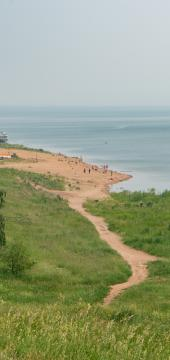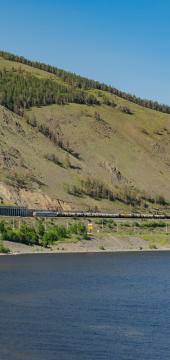History of Baikal-Amur Railway (BAM)
The first steps in building a second railway line above the Trans-Siberia were taken in the 1930s under Stalin. The main rationale behind the project was to further open up Siberia for exploitation, but also to better protect the Far East. If Japan (the most likely culprit at the time) were to attack the Trans-Siberian, major cities such as Khabarovsk and Vladivostok would be completely cut off and Russia’s access to the Pacific Ocean would be put in grave danger.
1932 - 1958
In 1932 the construction of the city of Komsomolsk-on-Amur was begun by volunteers from the Komsomol Communist youth organisation (hence its name). The new city was built in secret on the River Amur to manufacture ships and aircraft to help defend the Far East. However it became clear than Komsomol volunteers would not be enough. So Stalin’s solution was to make use of the forced labour of prisoners of the Gulag system, who had no opportunity to complain about the extremely harsh conditions in what was essential untamed Far Eastern wilderness with practically no infrastructure for human habitation. A railway line connecting the new city to the Trans-Siberian near Khabarovsk was completed in 1940 and it was planned to further connect the city with Western Russia via BAM.
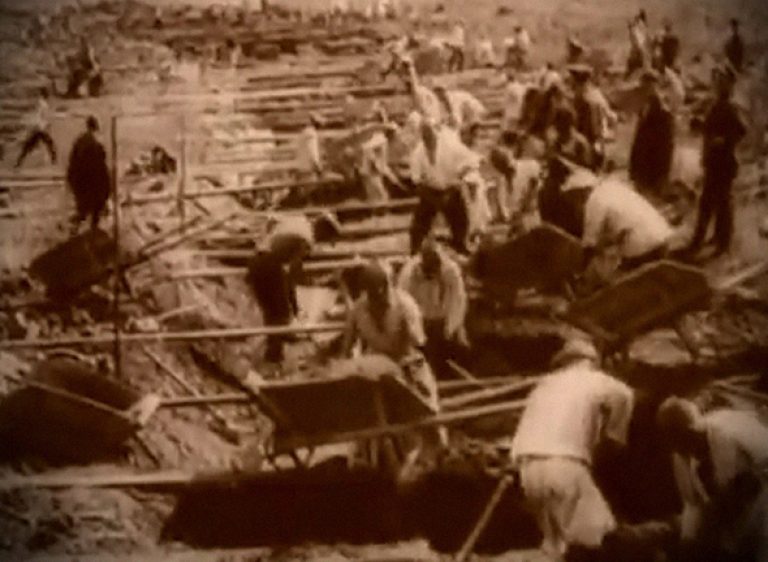
New camps, designated Bamlag, were also especially founded for the construction of the western section of BAM. In November 1937 the small settlement Tynda was connected to the Trans-Siberian, ready for when Tynda would find itself on more or less the centre of BAM, even though the exact project of the railway from Tynda to Bratsk had not even been developed at this point. In 1938 construction work began on the section between Tayshet and Bratsk, and work at the other end of the project from Sovetskaya Gavan to Komsomolsk began in 1939.
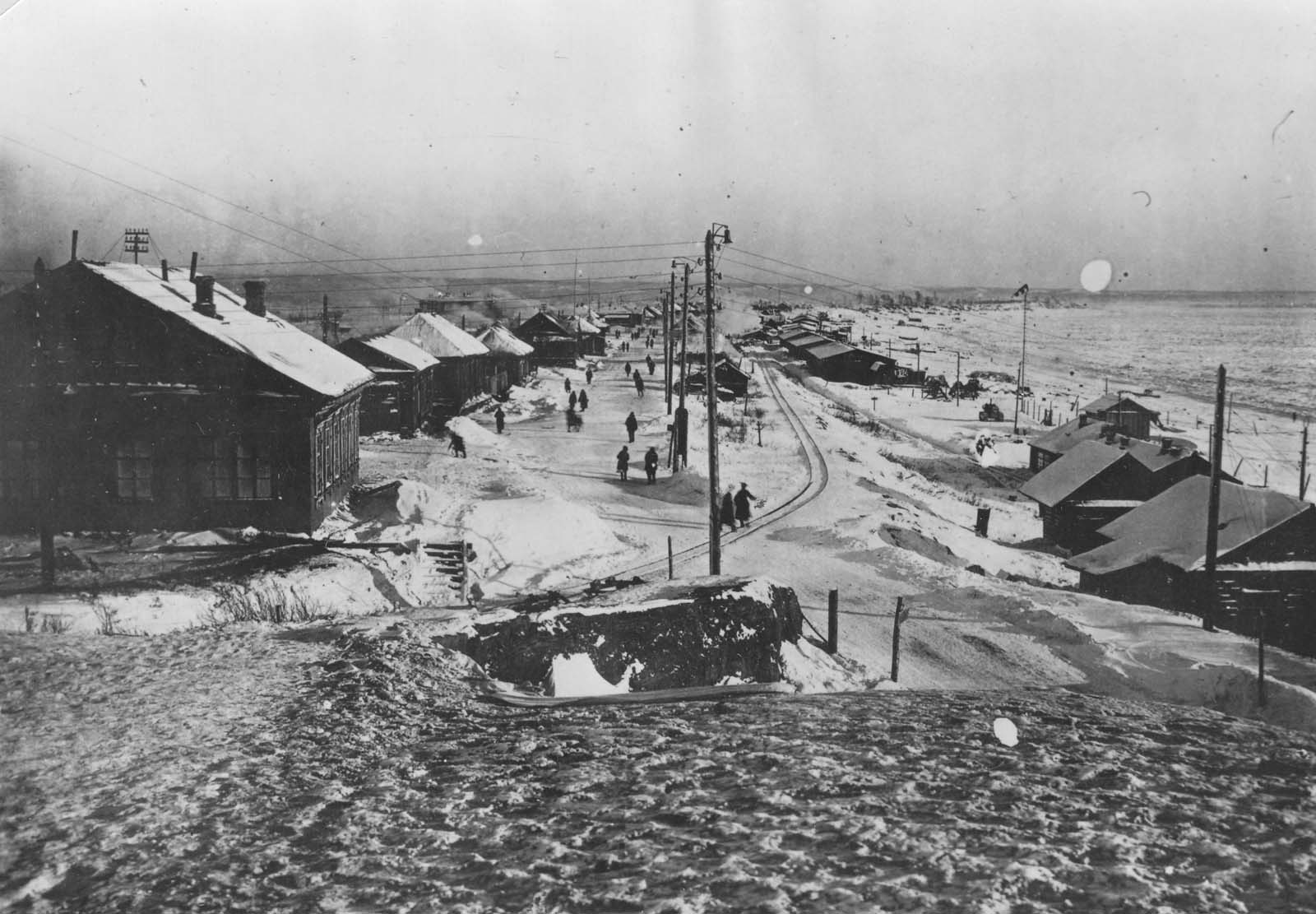
Shortly afterwards World War II started and in 1941 Nazi Germany invaded the Soviet Union. All work on BAM was stopped and in 1942 even the completed section of railway from the Trans-Siberian to Tynda was dismantled to be reinstalled closer to the front.
Some work on BAM restarted after the war and the section from Komsomolsk to Sovetskaya Gavan was commissioned in 1945 and the section from Tayshet to Ust-Kut on the River Lena became fully operational in 1958. However the central section was never completed although a project for most of such construction was finalised in 1967.
1974 - 2003
It was only under Brezhnev that the project was fully reborn amidst much fanfare. In 1974 Brezhnev invited volunteers from the Komsomolsk youth organisation to participate and young people from all over the Soviet accepted the invitation to build not only the new railway road but also tunnels, bridges, stations and even the new cities and settlements on the route. The work was of course hard and the conditions were harsh - they had to deal with the Siberian climate and living in simple barracks until the first buildings were constructed - but there was a sense of romance to the whole project and many volunteers met their future spouses and later settled in the cities they helped to build. Sections of the project were allocated to various cities, regions or republics of the USSR, for example Tynda was built by Moscovites, Severobaikalsk by Leningraders, Novaya Chara by Kazakhs and Taksimo by Latvians.
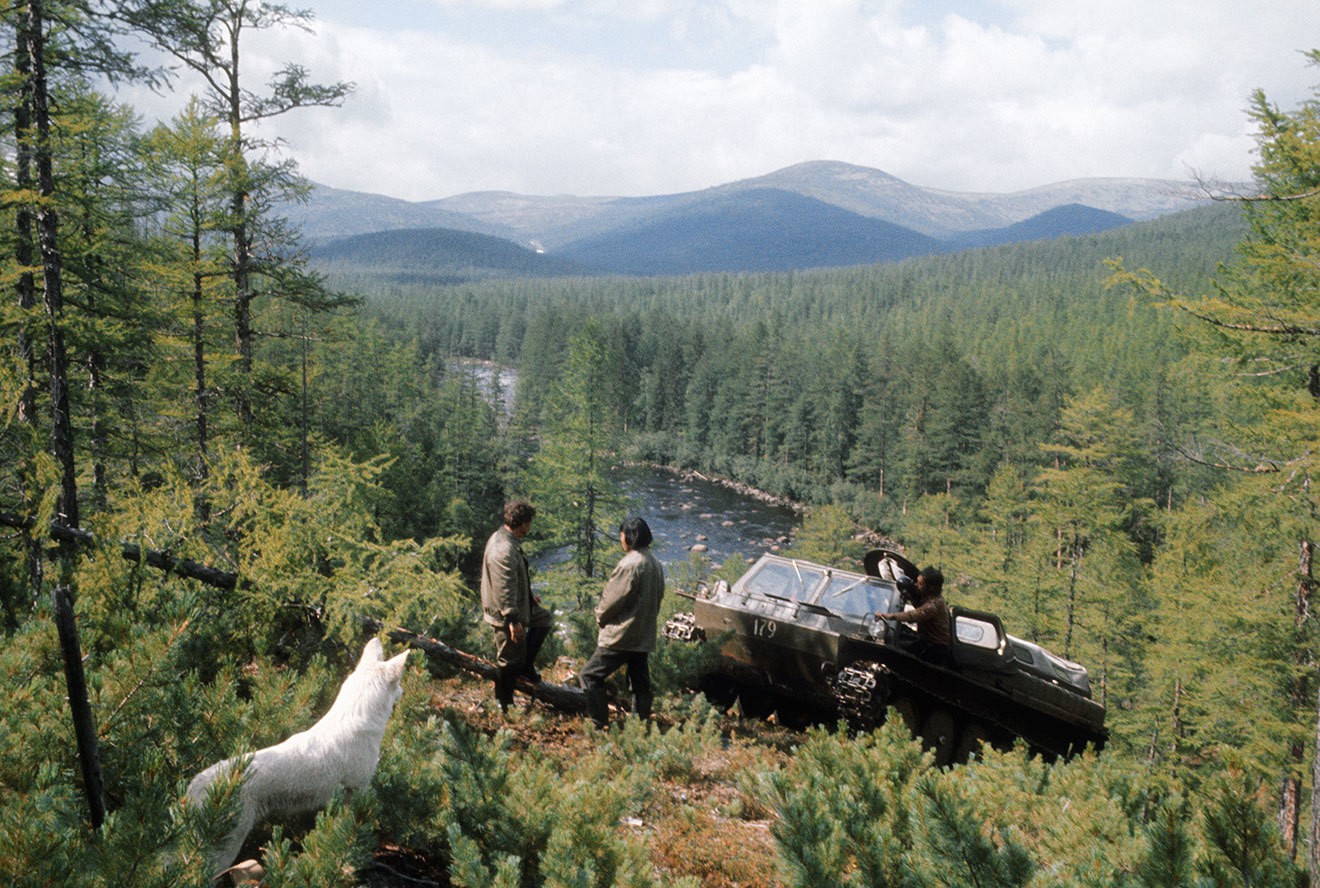
By 1977 the section linking the Trans-Siberian and Tynda was rebuilt and in 1984 a ceremony was held at the Balbukhta railway loop close to the station of Kuanda as the workers building the railway from the east and the workers building it from the west finally met. However the track as a whole was still not yet operation for civilian use.
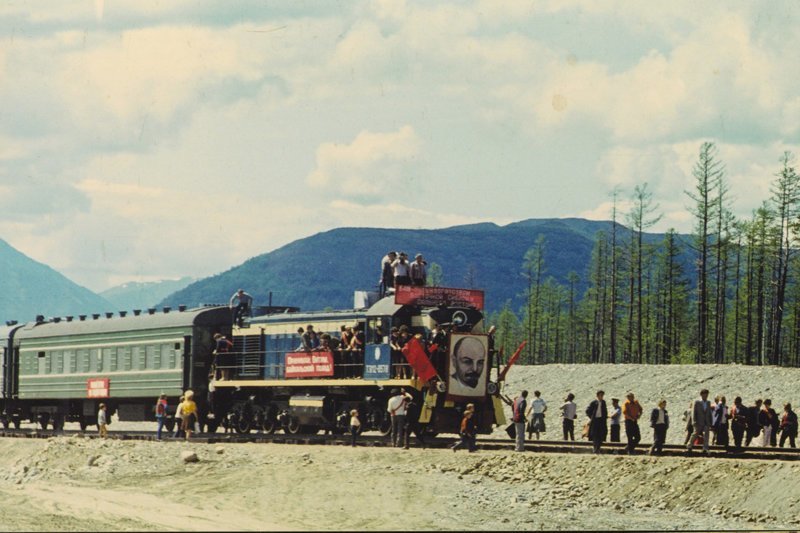
Following the fall of the Soviet Union, in 1996 BAM was divided into two sections and the East Siberian Railway took over management of the western section and the Far Eastern Railway the eastern section. Work still continued on BAM into the 2000s, one major taskin the form of the 15-kilometre Severomuisky Tunnel was finally completed in 2003. The continuation of the line from the Trans-Siberian via Tynda up to Yakutsk (the Amur-Yakutsk Mainline - AYaM) is still being built now.
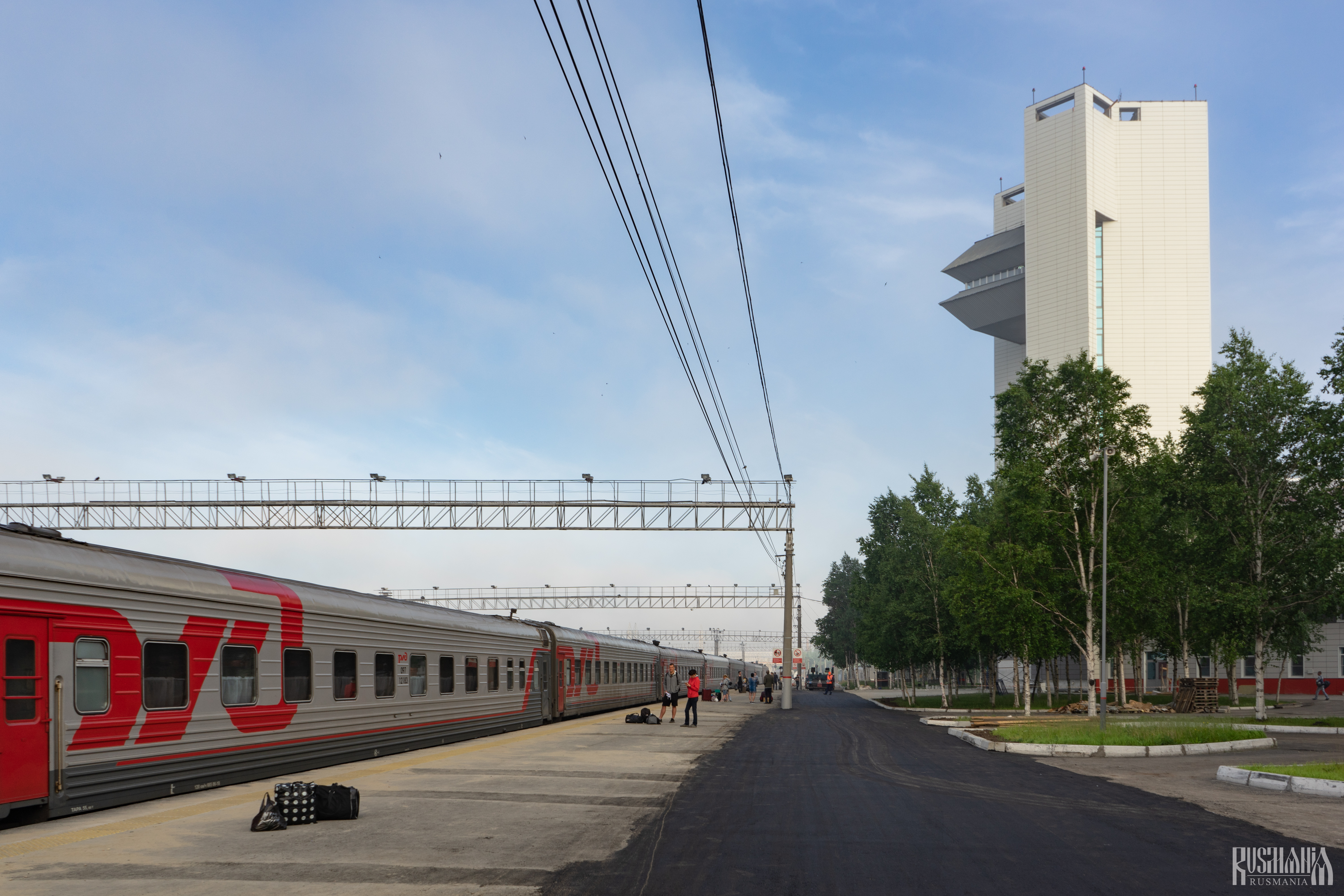
In 2019 the 45th anniversary of the start of Brezhnev’s BAM project was marked. Today, the railway remains fully operational but not in particularly high demand; the full extent of the Soviet project was never achieved. The new cities and settlements on BAM never flourished and each year their populations continue to decrease as their inhabitants leave in search of better work opportunities and a better life. The potential though is still there - it will just require another grand project and a lot of investment.
►Routes ►Principal routes ►Baikal-Amur railway ► History of the BAM




